The Indian Freedom Struggle was a monumental movement against British Colonial rule, a long and grueling journey marked by the selfless sacrifice of indefinitely prominent leaders. Independence was not a sacrifice of a single person but a mosaic of numerous uprisings, revolts, cultural movements, and regional and tribal movements led by the local leaders and freedom fighters. The moment of freedom that we are enjoying is all because of those freedom fighters and unsung heroes who played a pivotal role in shaping the idea of independence, an idea of a secular, sovereign, and socialist India. These leaders, among other people, came forward, united together, ignited the spirit of nationalism, and made strategies with their strength and determination. They all fought together for a single thing, and that was independence and this is how we got independence in 1947.
From Bakshi Jagabandhu Bidyadhar To Hare Krishna Konar: How Regional Leaders Pioneered The Fight For Independence
The Indian independence movement marked a watershed moment, culminating in the end of British colonial rule. Leaders like Mahatma Gandhi, Bal Gangadhar Tilak, Sardar Vallabhbhai Patel, Bhagat Singh, Maulana Azad, etc.

The Tebhaga movement and Hare Krishna Konar
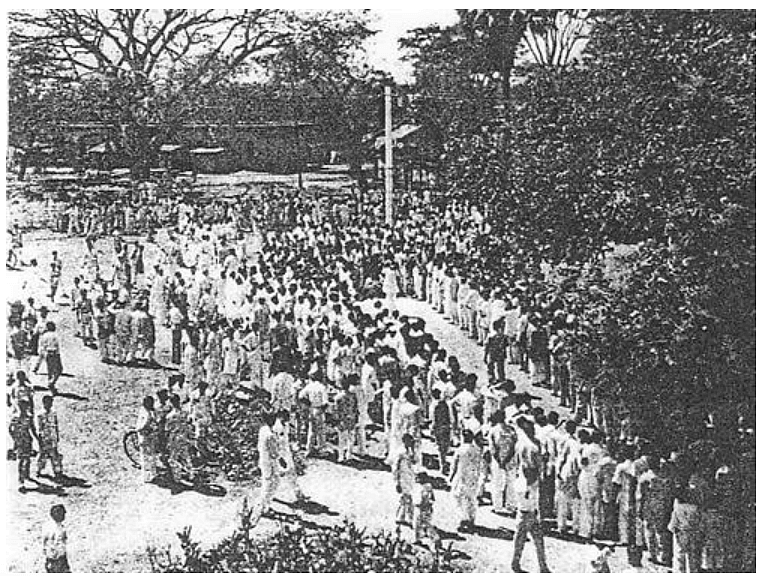
The Tebhaga movement as the name suggests, teen bhaga or three shares of the crop, was a peasant revolt that emerged in Bengal in 1956, a fight for their crop shares. The movement was a demand for peasants to pay one-third of the produce from the land, which was demanded by the renter instead of the prevailing half. The movement was led by the All India Kisan Sabha (AIKS), with prominent and regional leaders such as Bhowani Sen, Hare Krishna Konar, Pulin Bihari Das, Tej Naryana Choudhary, etc. playing a significant role in motivating the peasant masses and demanding the agrarian reforms. The Tebhaga movement was a vital chapter in the history of India's struggle for independence, as it highlighted the agrarian crisis and the need for land reforms.
Bhil revolt and Kazi Singh
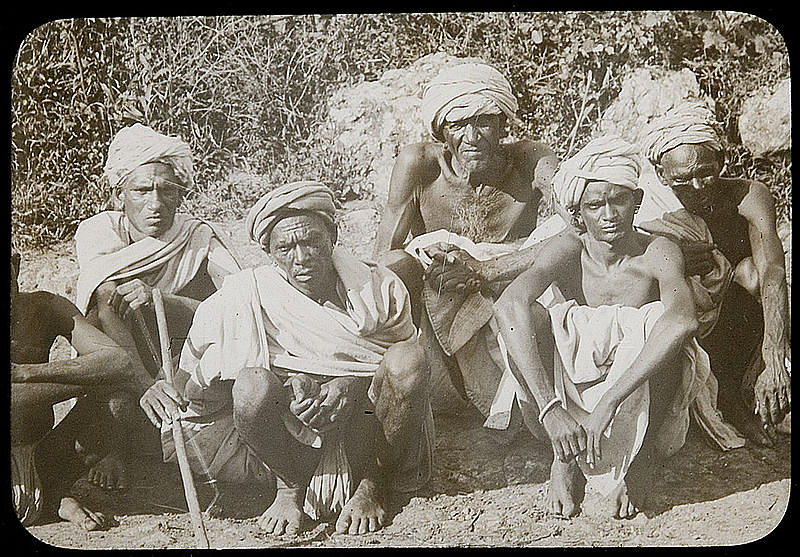
Bhil revolt of 1818 was one of the most important revolt, occurred in the Khandesh regions of present day Maharashtra against British colonial rule. These revolts occurred after the harsh revenue policy rule by the British, which meanwhile restricted them from their traditional forest rights. Govind Guru, Bhima Naik, Tantya Bhil, Sewaram and Kazi Singh, was the leader and hero of this revolts. Tanya Bhil also known as Robin Hood of India led a number of guerrilla-warfare against British forces, focusing on government coffers and wealthy landlords who collaborated with the British. Although their methods differed from those of mainstream leaders, the Bhil revolts was a significant part of the broader anti-colonial movement, showcasing the diverse nature of India's resistance.
Paika Rebellion and Bakshi Jagabandhu Bidyadhar
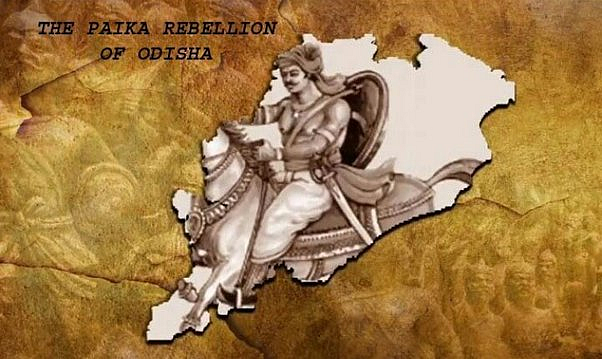
The Paika Rebellion of Odisha in 1817, under the leadership of Baksi Jagabandhu Bidyadhar, was a rebellious movement by the Paikas (the traditional warrior class of Odisha) against British rule. The revolt was fought fiercely against the British land revenue policies to protect their land and rights. Sparked by the interference of the British in their land rights and their privileges, the protestors spread rapidly, gaining the support of society. However, the rebellions were suppressed by the British, and this Paika Rebellion came to an end, but this revolt was the beginning of a series of regional riots against the harsh British rule in India.
The pivotal role of Central in the Freedom Struggle
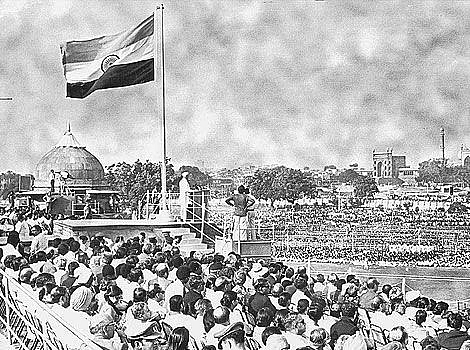
Central has played a significant role in the freedom struggle and has always been a hub for major events, activities or movements. Leaders like Jawahar Lal Nehru, Lala Lajpat Rai, and Madan Mohan Malviya have played a crucial role in achieving independence. Sardar Vallabhbhai Patel, the Iron Man, orchestrated the integration of princely states, while the Lal Bal Pal trio ignited the flame of revolution amongst the Indians. The region's contribution was marked by mass movements, sacrifices, and an unyielding spirit of resistance against colonial rule.
Conclusion
The Indian independence movement marked a watershed moment, culminating in the end of British colonial rule. Leaders like Mahatma Gandhi, Bal Gangadhar Tilak, Sardar Vallabhbhai Patel, Bhagat Singh, Maulana Azad, etc. and other prominent leaders and freedom warriors have sacrificed a lot, and their ideologies, contributions, and determinations to make India free from the chain of British rule will inspire the generations. These regional movements, each with its unique characteristics and leadership, contributed significantly to the broader national movement. The movement and the fight for independence by the majority of freedom fighters and leaders not only challenged the British and their harsh rule but also led to independence.
-
Previous Story
 Vande Mataram: The Revolutionary Anthem Born From Bankim Chandra Chatterjee's Vision
Vande Mataram: The Revolutionary Anthem Born From Bankim Chandra Chatterjee's Vision - Next Story







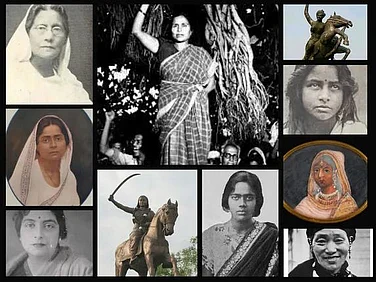





.png?w=200&auto=format%2Ccompress&fit=max)
.png?w=200&auto=format%2Ccompress&fit=max)




